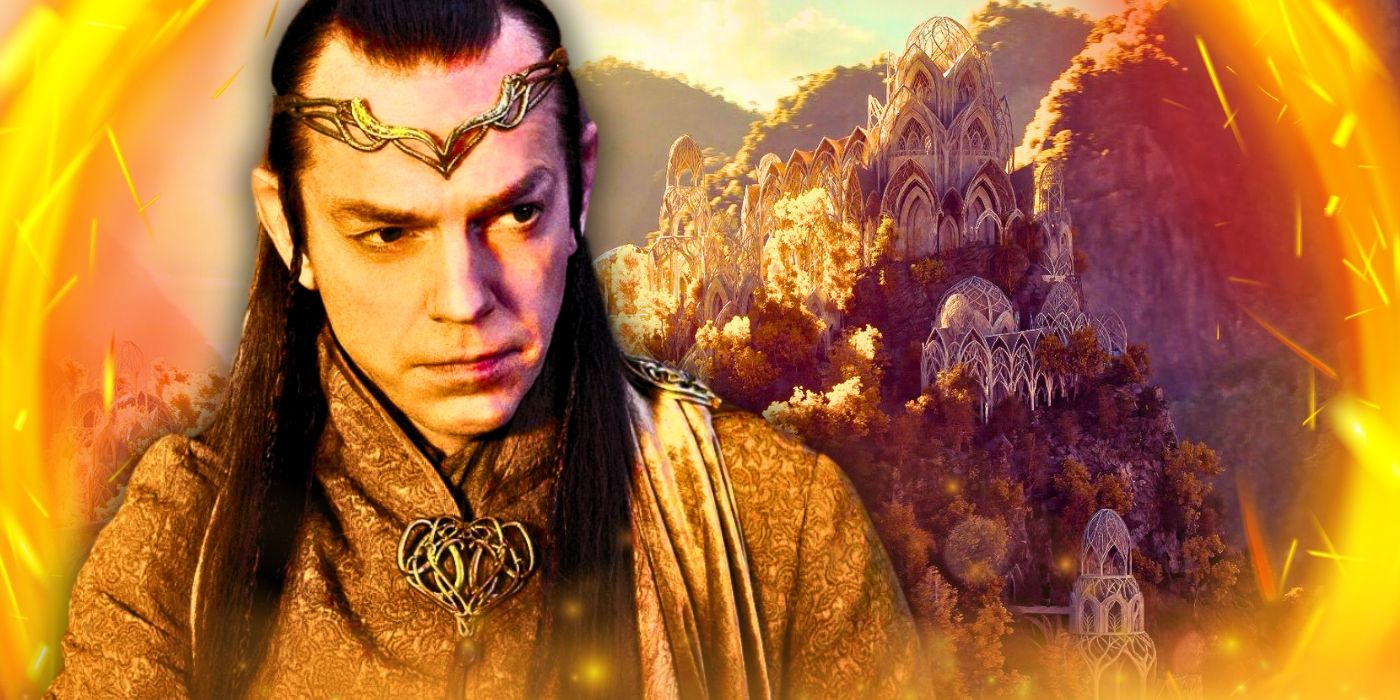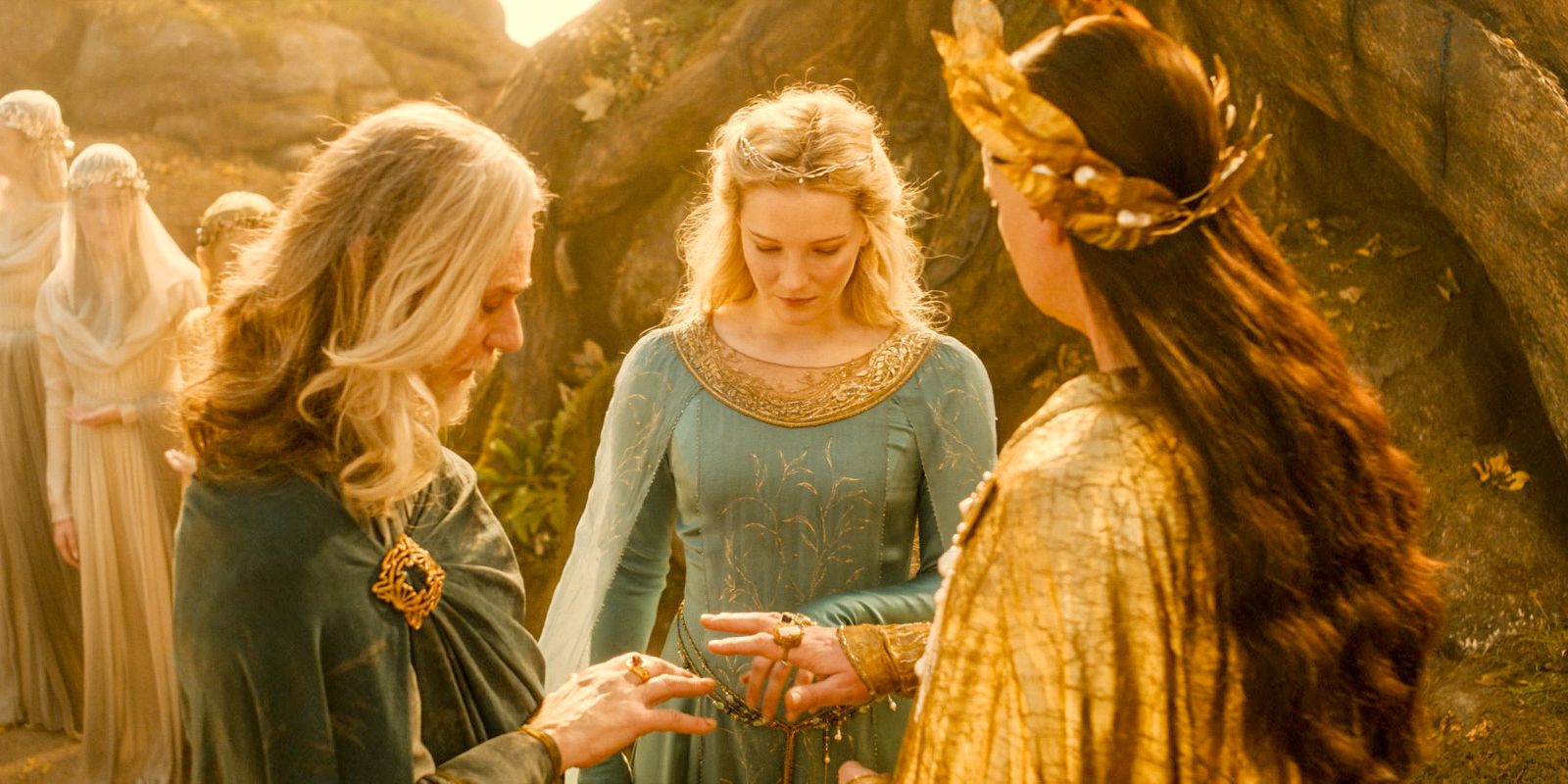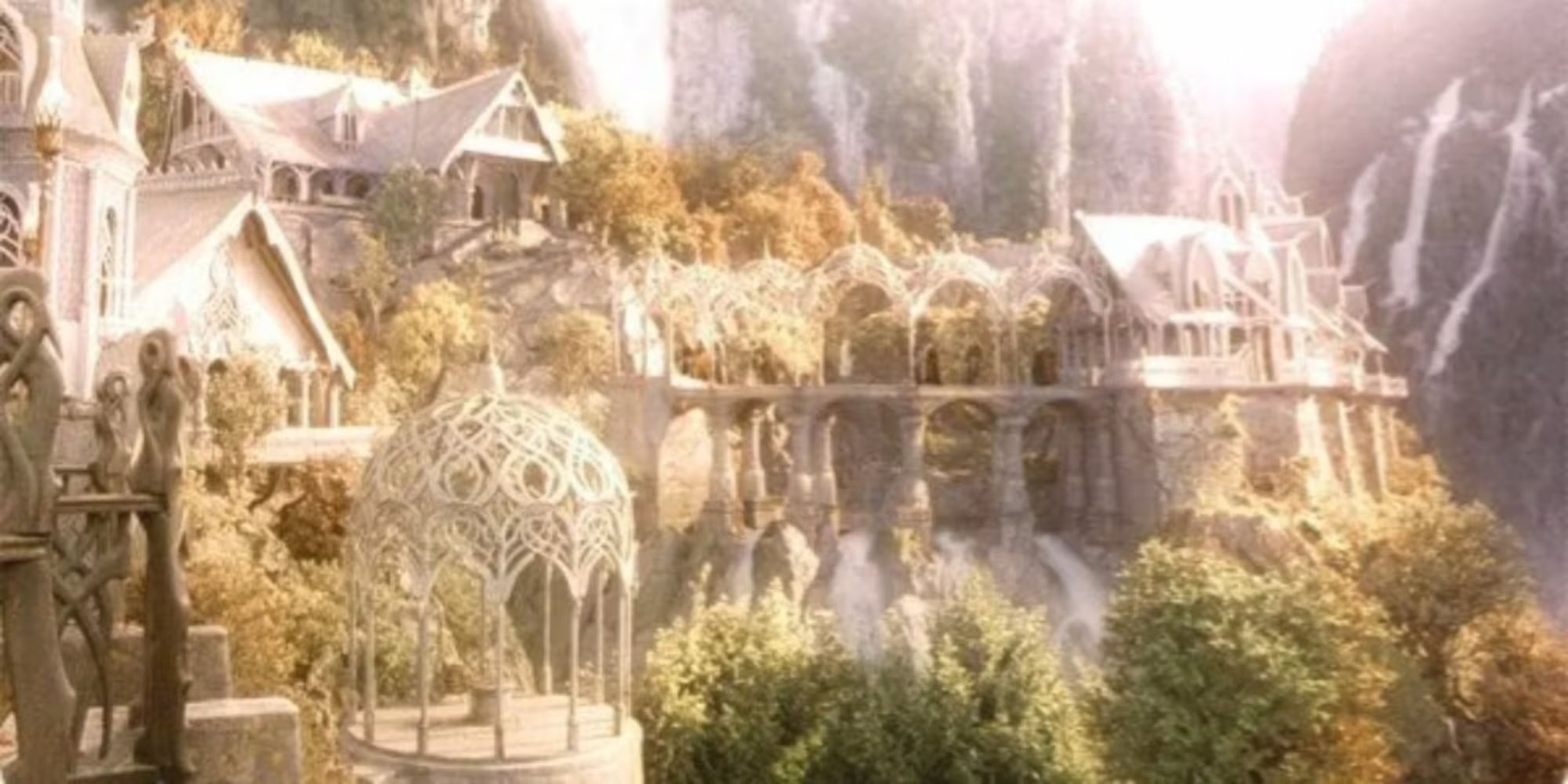
The Elvish realm of Lindon is an important location in The Rings of Power, but it doesn’t appear until the very end of The Lord of the Rings — and those less acquainted with Middle-earth’s history may be wondering why. J.R.R. Tolkien’s books reveal that Gil-galad established Lindon early in the Second Age, and the High King of the Elves already reigns over the kingdom when The Rings of Power begins. Many of the scenes between the Elvish leaders take place in Lindon, while others are set in Eregion, the equally important Elvish kingdom where Celebrimbor resides.
Although the Elves fear for their future in Middle-earth during The Rings of Power, their kingdoms appear to be thriving throughout the Amazon series. This may leave viewers wondering why the Elves in The Lord of the Rings are seen primarily in Rivendell and Lothlórien rather than in Lindon. There’s an explanation for this, and as one might guess, it has to do with the destruction and tragedy that unfold throughout Tolkien’s Second Age.
Lindon Is Partially Destroyed By The Time The Lord Of The Rings Begins
It Still Exists But Isn’t As Powerful Or As Populated In The Third Age

Lindon still exists during the Third Age of Middle-earth, but it isn’t as powerful or as populated as it once was. By the time The Lord of the Rings opens, the Elvish stronghold is diminished. This is for several reasons, and they stem from Sauron’s rise to power. The most obvious reason Lindon’s importance changes so drastically is that Gil-galad perishes at the hands of Sauron, leaving the Elves without a High King. Círdan takes over following the War of the Last Alliance, but the number of Elves that perish in the fight against Sauron decreases the realm’s numbers.
Many Elves also leave for the Undying Lands after the war against Sauron unfolds, further diminishing their population and influence in Middle-earth.
Many Elves also leave for the Undying Lands after the war against Sauron unfolds, further diminishing their population and influence in Middle-earth. Of course, as The Lord of the Rings shows, plenty of Elves also remain, including Elrond and Galadriel. But they take up residence in two other strongholds, as Lindon is partially destroyed after the war and the Fall of Númenor. It fares better than Eregion, however, which is fully eradicated by Sauron’s forces.
Lindon & Eregion Are Effectively Replaced By Rivendell & Lothlórien After The Second Age
These Kingdoms Become Places Of Refuge For The Elves Under Elrond & Galadriel

Given the destruction of Eregion and the reduction of Lindon during the Second Age, Rivendell and Lothlórien effectively replace them during the Third Age. This is why these Elvish settlements appear in The Lord of the Rings instead of the kingdoms seen in The Rings of Power. Elves who previously resided in Lindon and Eregion migrate to these spots, including Elrond and Galadriel. Elrond leads the Elves of Rivendell, while Galadriel becomes the Lady of Lothlórien. Lindon is still there, but it’s hardly seen during Frodo’s journey.
In fact, The Lord of the Rings doesn’t show Lindon until the very end — and even then, it’s not referenced by name. The Grey Havens, which is part of Lindon, is where the Elves depart from Middle-earth on their journey to Valinor. It’s also where Frodo bids farewell to Middle-earth in The Return of the King. The Rings of Power will set the stage for all this, showing what becomes of Lindon during Sauron’s first rise to power.




